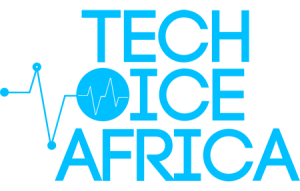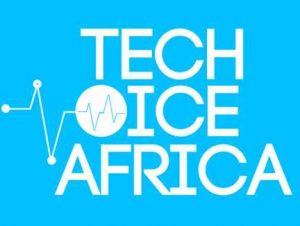Huawei today also released its TaiShan series servers powered by Kunpeng 920, including three models: one with a focus on storage, another on high density, and a third focused on balancing both requirements.
The TaiShan servers are built for big data, distributed storage, and ARM-native application scenarios.
The ARM architecture is best suited for these scenarios with advantages in many-core and performance per watt.
In addition, the single-slot speed is twice that of the incumbent offering, effectively improving the performance of storage and various accelerators.
TaiShan will enable computing platforms with high performance and low power consumption for enterprises.
For example, in big data scenarios, the TaiShan servers are tuned for optimal many-core high concurrency and resource scheduling to deliver a 20% computing performance boost.
Based on the TaiShan servers, Huawei Cloud also provides elastic cloud services, bare metal services, and cloud phone services.
Building an open and collaborative ARM ecosystem founded on shared success
Huawei continuously promotes industry cooperation in terms of hardware, basic software, and applications.
Huawei has been working with industry organizations such as Green Computing Consortium (GCC), Linaro, and Open Edge and HPC Initiative (OEHI) to build an open, collaborative industry ecosystem, alongside partners such as Hortonworks, Microsoft, Oracle, SAP, SUSE, Ubuntu, and China Standard Software.
On the hardware side, Huawei is a core member of Linaro.
On the basic software side, Huawei is a Platinum member of the OpenStack Foundation and a founding member of Cloud Native Computing Foundation (CNCF).
With regard to applications, Huawei has joined the GCC which has released the Green Computing Consortium Server Technical Standards Report, along with other efforts to build a green open source computing community.
Huawei is also a member of the OEHI, it believes that an intelligent society with all things connected, sensing, and intelligent is underway, and this trend is picking up speeds.
The development and convergence of ARM-based applications on smart terminals are accelerating, along with cloud-device collaboration.
In addition, new applications in cloud computing are driving data diversity. For example, big data applications, distributed storage, and some edge computing scenarios have specific energy efficiency requirements for many-core high-performance computing.
In such a context, ARM systems stand out with unique advantages in performance and power consumption.
Therefore, in view of the industry trends and application requirements, a new era of diversified computing is unfolding.
Multiple data types and scenarios are driving computing architecture optimization. Combining multiple computing architectures for optimal performance becomes a must.
“With Kirin 980, Huawei has taken smartphones to a new level of intelligence. With products and services (e.g., Huawei Cloud) designed based on Ascend 310, Huawei enables inclusive AI for industries,” William Xu noted.
“Today, with Kunpeng 920, we are entering an era of diversified computing embodied by multiple cores and heterogeneity.
“Huawei has invested patiently and intensively in computing innovation to continuously make breakthroughs.
” We will work with our customers and partners to build a fully connected, intelligent world.”
By:StephanieHorsu/techvoiceafrica.com















